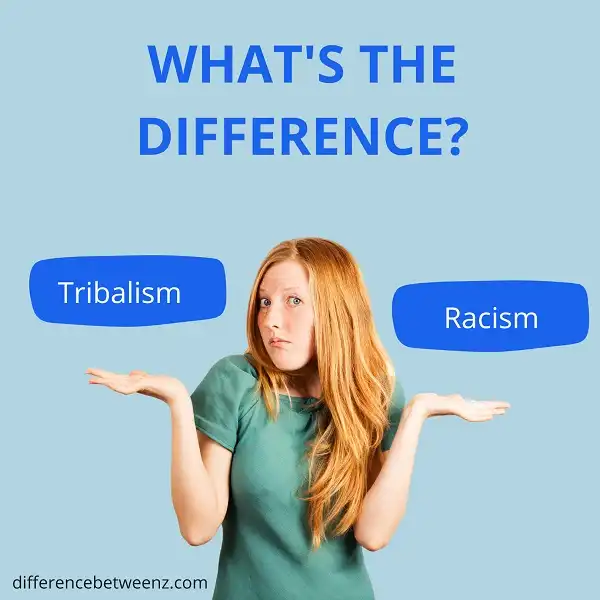There are clear differences between tribalism and racism, despite the fact that the two are often confused with each other. Tribalism is a sense of loyalty to one’s tribe or group, while racism refers to discrimination or prejudice against people based on their skin color or race. While tribalism can be negative, it is not always accompanied by racism. Racism, on the other hand, is always inherently negative.
What is Tribalism?
Tribalism is a form of social organization in which people identify themselves with a particular group and behave in a way that promotes the interests of that group over other groups. Tribalism can be based on ethnic, racial, linguistic, or religious differences, and it often leads to conflict between groups. Tribalism is also a common form of political organization, in which people form alliances with others who share their views on issues such as economic policy or foreign affairs. In its most extreme form, tribalism can lead to violence and even war. However, it can also simply involve competition between groups for resources or power. Tribalism is a basic human instinct that exists in all cultures and societies. It is an important aspect of human social dynamics and can both help and hinder the development of civilizations.
What is Racism?
Racism is a social construct that seeks to categorize individuals based on physical characteristics and/or ancestry. Racism can manifest as an individual belief that one race is superior to another, or it can be institutionalized through policies or practices that advantage one group over another. Racism has been a factor in countless events throughout history, including the Atlantic slave trade, Jim Crow laws, and the Holocaust.
Today, racism continues to exist in both overt and subtle forms. Racism can be perpetuated through hate speech or acts of violence, but it can also be perpetuated through microaggressions or the lack of diversity in an organization. Racism is an ongoing problem that must be consciously addressed in order to create a more just and equitable world.
Differences between Tribalism and Racism
Tribalism and racism are two terms that are often used interchangeably, but there are actually some significant differences between the two. Tribalism is an extension of nationalism, where people identify strongly with their country or ethnic group. Racism, on the other hand, is based on the belief that one race is superior to another. Tribalism can lead to racism if people view members of other groups as a threat to their own identity. However, racism can also exist without tribalism, as it does when people discriminate against others based on skin color or other physical differences. Ultimately, tribalism and racism are both forms of discrimination that can have harmful consequences.
Conclusion
The distinction between tribalism and racism is an important one, as it can help us to better understand the underlying motivations for discriminatory behavior. It’s clear that tribalism is a natural phenomenon that has been around for centuries, while racism is a social construct that was created in order to justify discrimination against certain groups of people. Understanding these differences is critical if we want to work towards ending discrimination in all forms.


